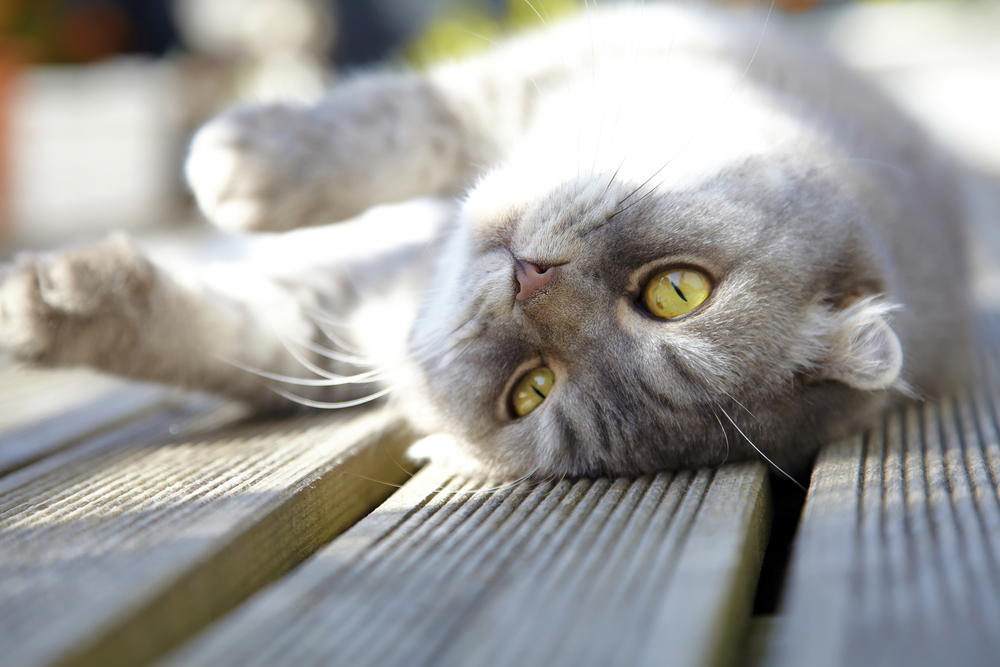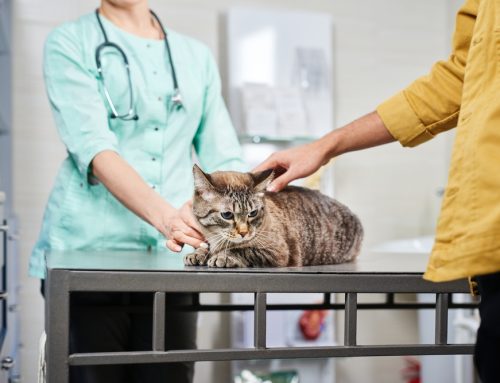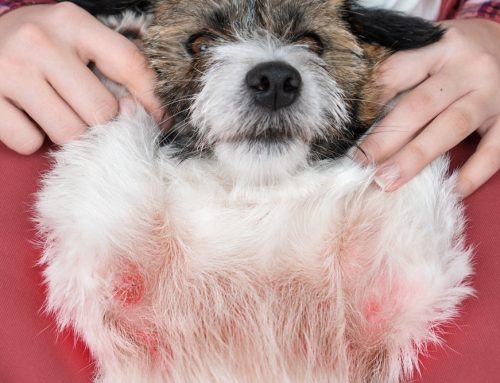“Summer afternoon—summer afternoon; to me those have always been the two most beautiful words in the English language.” —Henry James
Everyone loves a pleasant summer afternoon, but when temperatures become too hot, everyone equally enjoys a tall glass of water, some shade, and time in the comforts of air conditioning. And, while you are able to find a respite from the heat and humidity when they become too oppressive, your pets rely on you to help cool them down.
Overheating and dehydration can cause more than discomfort for our pets; they can be deadly. Here’s what you need to know to keep your pet safe this summer.
Dehydration in pets
A loss of body fluids, electrolytes, and minerals, dehydration is more than just being thirsty. When a pet is dehydrated, his levels of essential minerals, like potassium, sodium, and chloride, will become too low. Severe dehydration can lead to organ failure and death.
Signs of dehydration include:
- Sunken eyes
- Dry mouth, gums, and nose
- Poor skin elasticity (Test this: Gently pull up on the skin at the back of your pet’s neck. If the skin doesn’t immediately return to its normal position, your pet might be dehydrated.)
- Slow capillary refill time (Test this: Press a finger against your pet’s gums until they turn white. When you remove your finger, the gums should regain color immediately. If they don’t, your pet could be dehydrated.)

Overheating in pets
When we get too hot, our bodies sweat in an attempt to cool off. Our pets’ abilities to cool themselves aren’t as effective, and when they overheat, the result can be deadly. But, with all the outdoor activities you might want to do with your pet this summer, how do you know when it’s too hot for your furry friend? When would it be best to let him stay home?
- Car rides — We’ve all heard the unfortunate stories on the news and throughout social media about dogs left to die in hot cars. On a sunny day, even 70 degrees can quickly become 90 degrees or more inside a parked car.
- The solution: Leave your pet at home. Don’t leave him in your car for even a few minutes (especially with the windows rolled up) if the outdoor temperature is above 70 degrees.
- Walks — We always talk about the importance of exercising your pets and keeping them active and healthy. And, that is no different during the summer. But, the summer heat can cause your neighborhood sidewalks to become dangerous for your pet’s paws.
- The solution: Place the back of your bare hand against the sidewalk. If you can’t hold it there for five seconds, the sidewalk is too hot for your pup’s paws. During the summer, avoid walking your dog during the hottest times of the day. Heading out during the early morning or evening hours—when the sun is low—is safest and the most comfortable for both of you.
- Afternoons at the park (or in the backyard, at the farmers’ market …) — Even if your outdoor space is shady, a pet left outdoors for too long on a hot day could become dangerously overheated. Dogs at increased risk of overheating include larger breeds, obese dogs, young puppies, and brachycephalic breeds.
- The solution: If the temperature is over 85 degrees, limit the time your pet spends outdoors. Always be sure he has access to fresh, cold water, and watch closely for potential signs of overheating.
Some signs that your dog is overheated include:
- Rapid panting
- Bright red or blue gums
- Vomiting
- Diarrhea
- Disorientation
- Sudden collapse or convulsion

Overheated cats can exhibit many of the same signs as dogs. They might also become restless, trying to find a cool spot to lay, and groom excessively in an attempt to cool off. Like dogs, there are some cats that overheat more easily than others, including kittens, obese cats, elderly cats, and short-nose breeds.
If you find your pet in distress and you suspect he has become overheated, attempt to cool him off immediately. You can help cool a dog or cat down by:
- Soaking the pet in cool water, focusing on the back of the head and neck and being sure that no water gets into the nose or mouth
- Placing an icepack on the back of the head or neck
- Giving immediate access to water









Leave A Comment